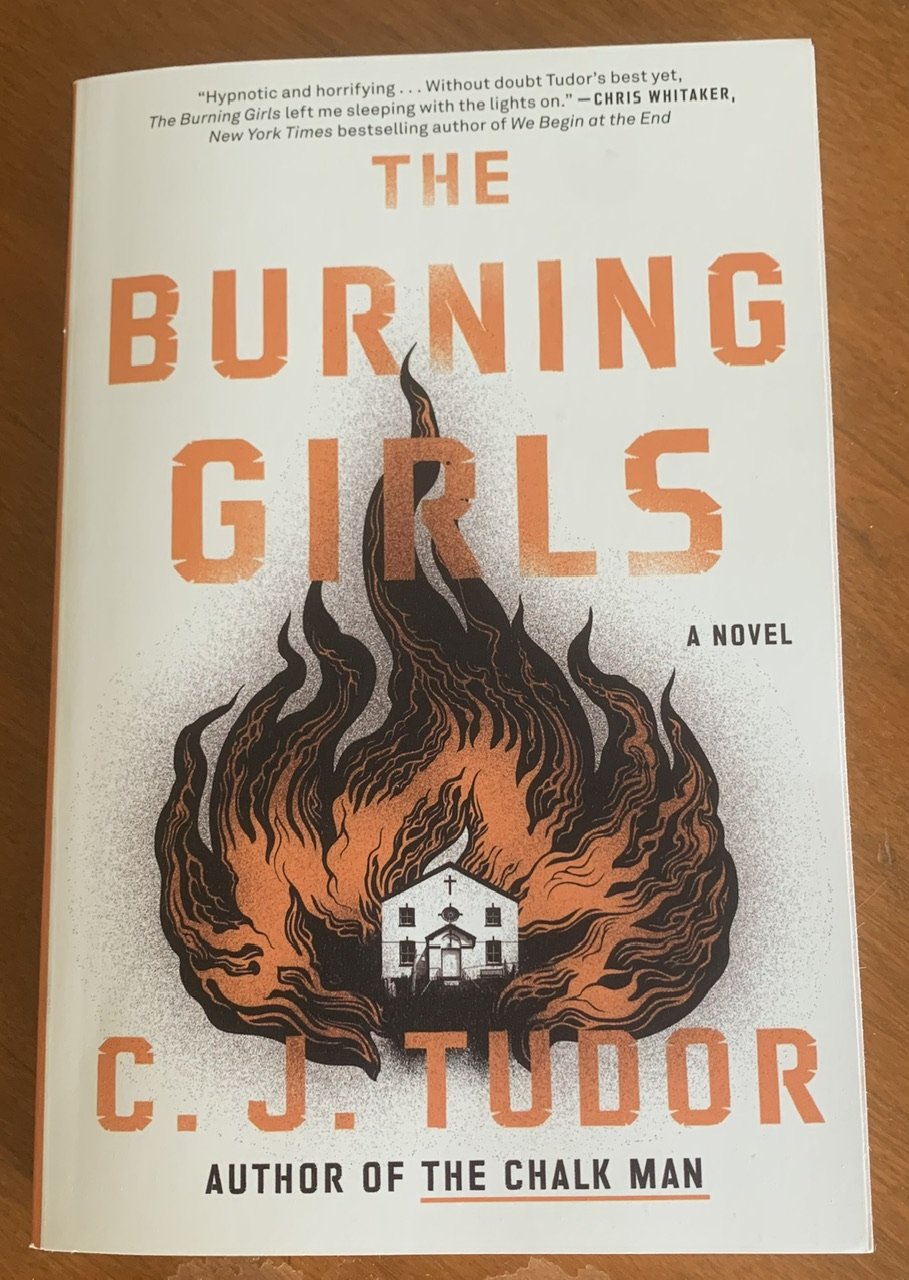The best book I read this month was a rollicking read about a middle-aged woman reclaiming her life. Seriously, Sara Read’s Johanna Porter Is Not Sorry was a RIDE. Like Mr. Toad’s Wild Ride. Twists, turns, close calls, near misses, highs, lows—this story has it all.
Johanna Porter is the divorced mother of a spirited teenage girl. She was once the lover and muse of a famous painter—as well as a promising artist herself. These days, she’s the art teacher at her daughter’s school. When the famous painter comes to town, Johanna is talked into attending his show, where she sees his most renowned painting of her on display. Impulsively, she steals the painting.
What follows is a cat-and-mouse journey of self-discovery that changes Johanna’s relationship with herself, her daughter, and others.
I could not put this down. I found it a thoroughly enjoyable read, with one particular twist that surprised and amazed me.





